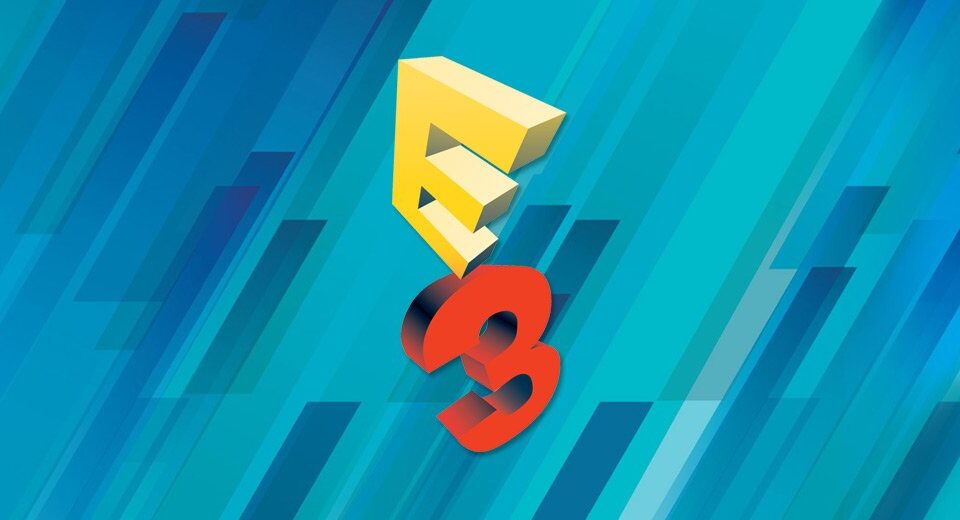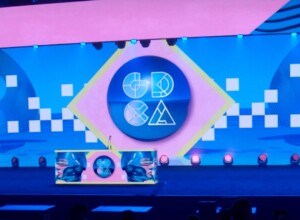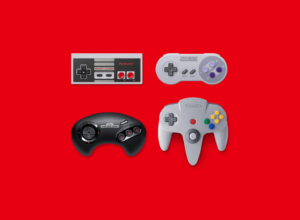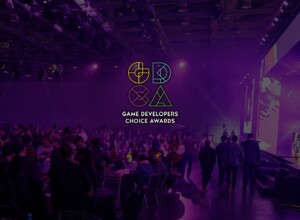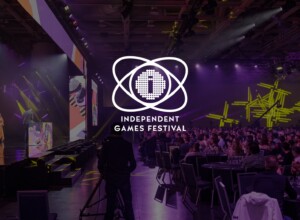Games were revealed, demos playable, release dates announced, and swag was given out. The main difference separating it from last year was that there were no big hardware reveals (unless you count PlayStation TV coming to the West). Whilst on the whole it was a fairly typical E3, there were a few aspects that made it rather unique and could change the way in which E3 is presented in future years.
One of the early indications of this shift was the number of games being announced before E3. Even though these were not full reveals, traditionally their announcement would be kept secret so that the announcement would generate instant excitement and then would be quickly followed by a trailer and/or live demonstration. There were different reasons for the pre-announcements; one was to appease shareholders who knew how to buy shares UK (this was the case with Far Cry 4 which was first announced in a financial report), another was to reassure fans of what is to come (the Halo 5: Guardians “announcement” also hinted at more to come for this year), then there was the classic scenario of building up hype (Uncharted 4’s announcement months ago as well as just before E3 with games such as Mortal Kombat X), and finally not forgetting the leaks that afflicted some studios (such as the internal video for Battlefield: Hardline).
The ramifications of these pre-announcements, either by design or confirming leaks (as was the case with Assassin’s Creed Unity) felt particularly noticeable during the Microsoft presentation. This is not to state that it was a bad presentation, it was possibly the most slick (of the live presentations), and drastically improved on last year’s shambolic presentation. The problem though was that it was not exciting. Aside from the few surprising indie games, when it came to the AAA games the only surprise was the new Rise of the Tomb Raider (such a bad title), but a sequel to the Tomb Raider reboot is not that surprising. There was also the announcement of The Master Chief Collection, but a collection of the Master Chief Halo games had been rumoured for months. Microsoft kept their promise and did indeed ‘show the games’, but that is all that they did.
The EA presentation was similar in that most of the games shown or teased were already known about. Yes it was great to hear more about the new Mass Effect but everyone was aware that they had already begun development. The upcoming Star Wars Battlefront game is looking great, but that is still all we really know aside from its existence which was revealed at last year’s E3. Although EA did tease two new IPs, the first was another Bioware title, but only impressive looking trees were shown and no real indication of what the game is was provided The second was from Criterion who showed off what they have been working on, but it was still in early stages and all we really know is that it is some kind of extreme sports game that features different types of vehicles operated in first person. EA had the right intentions, but the presentation heavily consisted of its various sports titles, but aside from the utilisation of the Frostbite engine in the new PGA game, there was very little to talk about regarding these titles. The presentation ended on Battlefield: Hardline, but unfortunately for EA the games existence had already been leaked a couple of weeks before, but they did still have the excitement of an imminent beta which people could register for straight away, if they had a PS4.
EA were not the only ones to announce imminent playable content for those watching at home, as during Sony’s presentation they announced that a new indie game, Entwined, was available on the PSN store immediately. They also announced another PlayStation exclusive, which was that they would get the Destiny beta first, but also that there was a playable alpha that PS4 users could play from Thursday over the weekend. This was part of a shift to be even more inclusive of those who were not physically present in LA for the exhibition. Whilst it is great news for those able to get access to these special “demos”, Nintendo took a different approach and brought as much of E3 live to the public as they could.
Last year Nintendo decided to forgo the traditional live presentation and instead showed a pre-recorded E3 Nintendo Direct. Whilst there was mixed opinion as to whether this was a success, many were intrigued when Nintendo announced their plans for this year’s E3. They would once again forgo the live presentation, but instead of a more straight forward Nintendo Direct, they showed what they termed the Digital Event. Absent was the formality found in the Nintendo Directs presented by Satoru Iwata. Instead Nintendo increased the amount of humour that has permeated recent Nintendo Directs. Following the excellent announcement video for Nintendo’s E3 activities by Mega 64, for the Digital Event they brought in Adult Swim’s Robot Chicken to introduce the video and provide interludes between different segments. This went beyond the self-parody of the Mega 64 video, as it openly made fun of comments made by those in the press (and the wider public), such as Nintendo of America COO Reggie Fils-Aime setting someone on fire who asked about Mother 3. In addition was a choreographed fight scene between Reggie and Iwata before showing off more Super Smash Bros WiiU.
Despite the tough times Nintendo have faced over the last year, the recent success of Mario Kart 8 (and the subsequent Luigi death stare meme, which got a quick showing) and a strong lineup of upcoming games, Nintendo radiated confidence. This confidence was felt throughout the Digital Event and continued into all subsequent events. Having the Digital Event instead of a live presentation might not do much for those attending (having to watch it on a computer like everyone else), but for those at home it provided a slick carefully edited video that was made for them. It may not provide the same memorable moments such as last year when the audience were chanting Sony’s name after the price announcement, but it does negate the occurrence of the many embarrassing memes from Sony’s 2008 presentation.
Nintendo also used the exhibition hall previously used for their live presentations to instead hold a Super Smash Bros Invitational tournament involving some of the best players from around the world to compete on an unfinished (but stable) build of the game. This was live streamed on Twitch so that anyone at home could watch the new Smash Bros game played at its best accompanied by some surprisingly competent commentary, making it more akin to watching a normal sporting event. Again this was not an event geared towards the press, but rather to help get people even more excited about the upcoming Smash Bros. Nintendo also made the game playable at various Best Buy’s across the US for people to play, whilst not the same as providing a beta for people to play in their own homes, it was a great opportunity of bringing a slice of E3 to where people live.
The final part of Nintendo’s E3 2014 program was Treehouse Live. Again this took advantage of Twitch (it was also available live on YouTube, and the recording was later uploaded there as well) and provided in depth looks at all of the games announced during the Digital Event, as well as revealing other titles that were not included. This gave the developers of the different games a chance to demonstrate the game as well as provide detailed explanations of what people can expect. Shigeru Miyamoto was also present and used the opportunity to show off his new prototypes Project Guard and Project Robot. In addition was an extensive preview the following day after a new IP from Intelligent Systems (the Nintendo owned studio behind Fire Emblem and Advance Wars), Codename S.T.E.A.M., which is a steampunk styled turn based shooter, was revealed. Just one of the upcoming titles that sees Nintendo branching out and trying out new ideas.
Nintendo were not the only company to host live streams during the actual E3 exhibition, as Sony also held interviews with various different developers whose games were appearing on PlayStation systems. Whilst not quite as in depth as Nintendo’s offering, it did provide some excellent insight into the background of various different games and supplemented Sony’s “traditional” presentation. This addition from Sony also helped those who were not at the exhibition to get a better understanding on the upcoming games without having to rely solely on what the press were providing.
With the attention that both Nintendo and Sony were giving to those at home, one might wonder what those from the press actually got to see. However despite the extra attention given to those watching, the press were not forgotten, as the staples of the exhibition remained largely unchanged. All of the main players in the video games industry were still present with sizable booths; there were plenty of playable demos of upcoming games. There were not any journalists complaining about the lack of games to cover. Even with Nintendo’s focus on those not at the event, they still brought the same dedication to the event itself as usual, and will do so next year. Hopefully this will draw to a close to the remarks that ‘Nintendo are skipping E3’, and possibly due to the success that Nintendo found as a result of this approach, maybe others will follow.
One thing is certain from this year, no one “lost” E3, but video games won.
